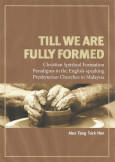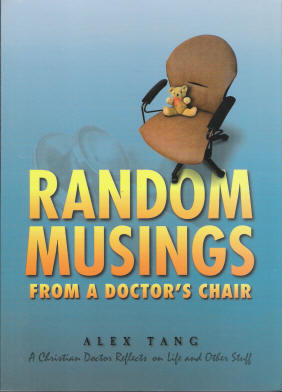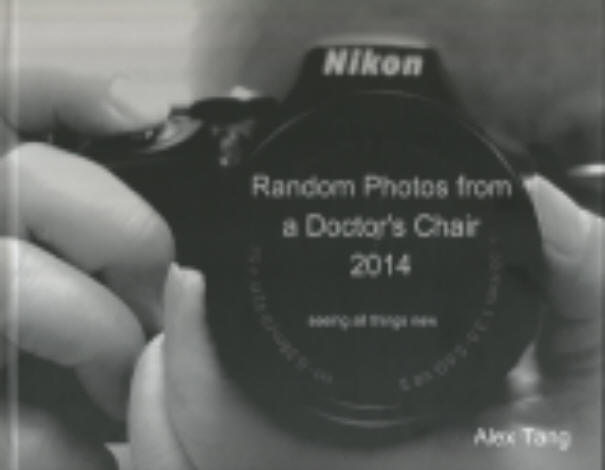To be a Great Physician

We physicians all have heroes during our training. We all remember the great physicians.
I contend that the great physicians differ from the good physicians because they understand the entire story. Only when we understand the complete story do we make consistent diagnoses.
Each patient represents a story. That story includes their diseases, their new problem, their social situation, and their beliefs.
How do we understand the story? We must develop excellent communication skills and gather the history in appropriate depth. We must perform a targeted physical examination based on the historical clues. We must order the correct diagnostic tests, and interpret them in the context of the history and physical exam. Once we collect the appropriate data, we then should construct that patient's story.
The story includes making the correct diagnosis or diagnoses. The story must describe the patient's context. Who is this patient? What are the patient's goals? How might the patient's personal situation impact our treatment options?
Sir William Osler said, "The good physician treats the disease; the great physician treats the patient who has the disease." The great physician understands the patient and the context of that patient's illness.
For you physician readers, take Osler's challenge. Be a great physician. Understand the full story. Make correct diagnoses. Consult the patient in designing the treatment plans that best fit that patient.
Follow the results with consistency and compassion. By so doing, you will not only be providing the highest quality medical care; you will also be living up to the ideals of William Osler and those of Tinsley Randolph Harrison -- the greatest of physician role models.
That's my opinion. I'm Dr. Robert Centor, Professor of Medicine at the University of Alabama, Birmingham. Watch videocast here
Each patient represents a story. That story includes their diseases, their new problem, their social situation, and their beliefs.
How do we understand the story? We must develop excellent communication skills and gather the history in appropriate depth. We must perform a targeted physical examination based on the historical clues. We must order the correct diagnostic tests, and interpret them in the context of the history and physical exam. Once we collect the appropriate data, we then should construct that patient's story.
The story includes making the correct diagnosis or diagnoses. The story must describe the patient's context. Who is this patient? What are the patient's goals? How might the patient's personal situation impact our treatment options?
Sir William Osler said, "The good physician treats the disease; the great physician treats the patient who has the disease." The great physician understands the patient and the context of that patient's illness.
For you physician readers, take Osler's challenge. Be a great physician. Understand the full story. Make correct diagnoses. Consult the patient in designing the treatment plans that best fit that patient.
Follow the results with consistency and compassion. By so doing, you will not only be providing the highest quality medical care; you will also be living up to the ideals of William Osler and those of Tinsley Randolph Harrison -- the greatest of physician role models.
That's my opinion. I'm Dr. Robert Centor, Professor of Medicine at the University of Alabama, Birmingham. Watch videocast here
Labels: Blog-links, Medicine















0 Comments:
Post a Comment
<< Home